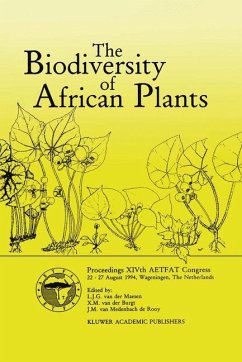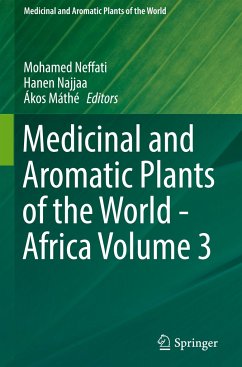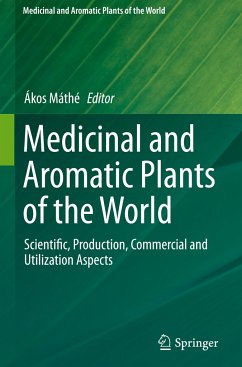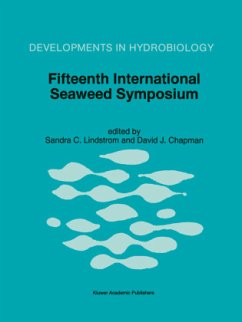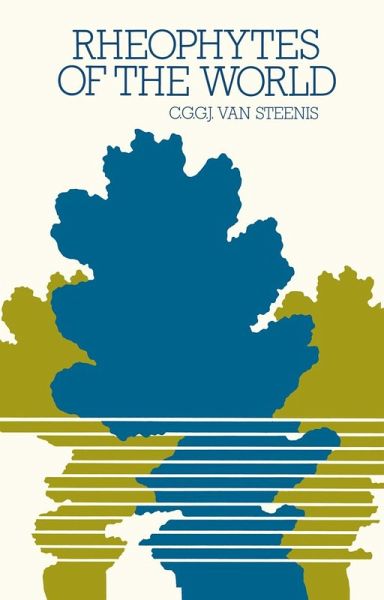
Rheophytes of the World
An Account of the Flood-Resistant Flowering Plants and Ferns and the Theory of Autonomous Evolution
Versandkostenfrei!
Versandfertig in 1-2 Wochen
100,99 €
inkl. MwSt.

PAYBACK Punkte
50 °P sammeln!
Already as a teenager I had become acquainted with rheophytes, during swimming exercises between Utrecht and Bunnik in the 'Kromme Rijn', an ancient, then canalized course of the river Rhine, where a submerged waterplant occurred gregariously in dense stands on the sandy bottom. In the rather swift current of the then very clear water, its long, linear, ribbon shaped blades floated gracefully in serpentine fashion. We never found it in flower. At times the stands became so dense that the 'rugt' (all subaquatic weed growth) was mowed by scythe from shallow-bottom 'punters', in order to remove t...
Already as a teenager I had become acquainted with rheophytes, during swimming exercises between Utrecht and Bunnik in the 'Kromme Rijn', an ancient, then canalized course of the river Rhine, where a submerged waterplant occurred gregariously in dense stands on the sandy bottom. In the rather swift current of the then very clear water, its long, linear, ribbon shaped blades floated gracefully in serpentine fashion. We never found it in flower. At times the stands became so dense that the 'rugt' (all subaquatic weed growth) was mowed by scythe from shallow-bottom 'punters', in order to remove this obstacle to water traffic. It was never seen in stagnant water of the ditches in the meadows of the valley. After entering the University, with the purpose of devoting my further life to the study of botany, my attention was roused by the research subject of our professor F.A.F.C. Went, who became my tutor and mental father. As far as his free time was available - and that was precious little because he primarily devoted himself to tuition of students and promovendi besides administration of the botany department - he tried to study the morphology, anatomy and physiology of the Podostemaceae, of which tropical cascade plants he had made large collections and observations in Surinam.




